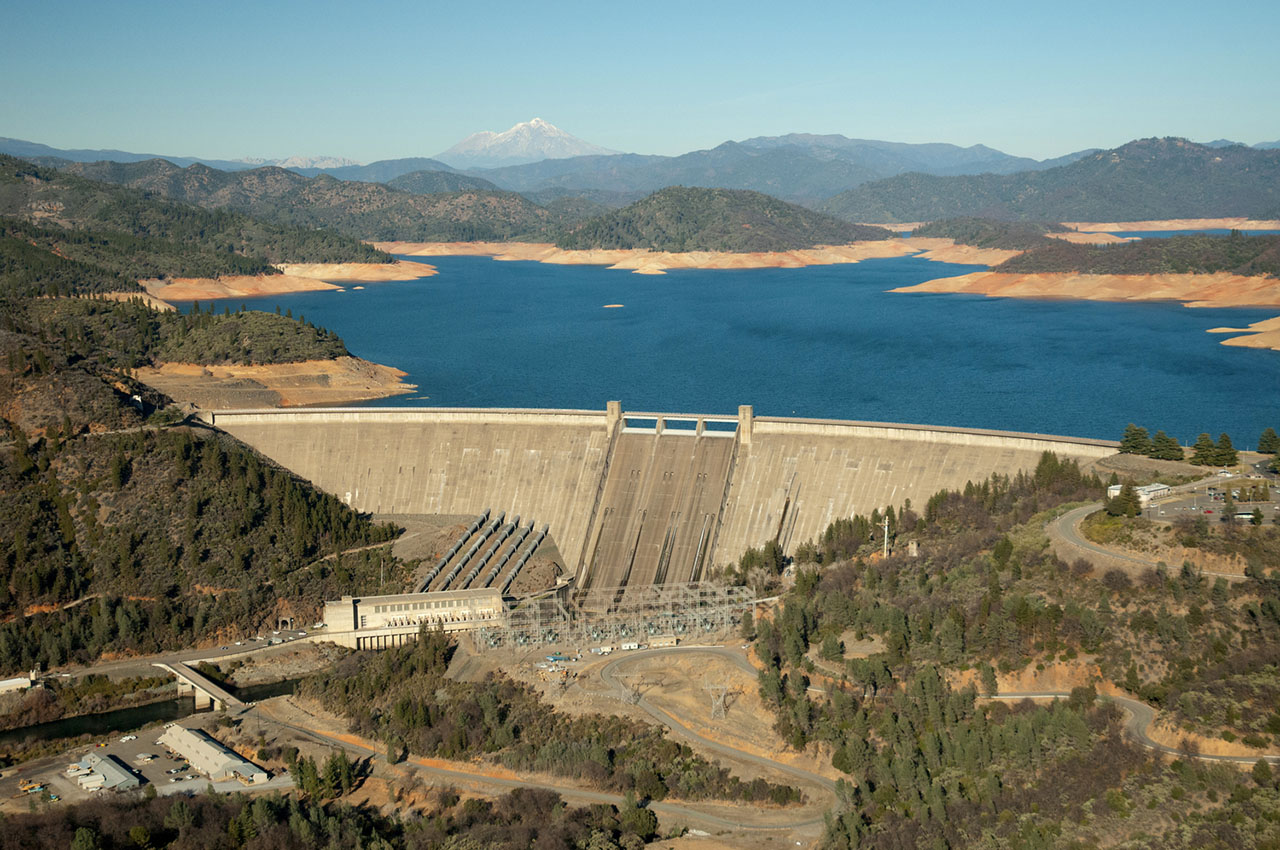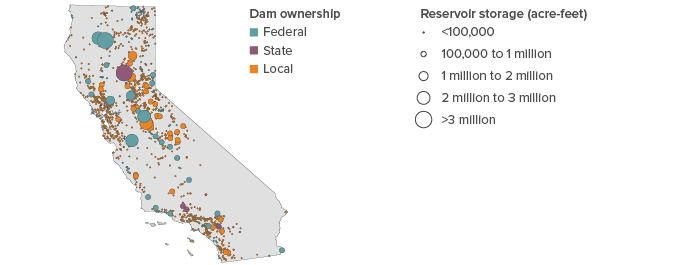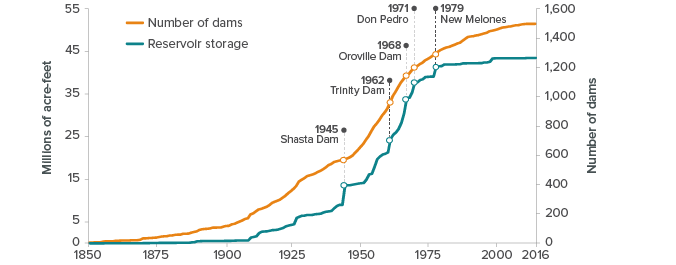In my lifetime I have noticed, plus the historical and geographic records confirm, that California going through both periods of prolonged drought and sustained rain are normal. I was concerned for a few years there that they might be having another super-drought, which is in the geological records; most last about 20 years or so, but at least one was several hundred years long. But the rains came back, the way they always did when I was growing up and even after the six-year drought when I lived there as an adult.
These are only "climate change" (I know, Richard, not your words) in the sense that we live on a Planet, and sometimes the climate changes. But some coastal areas like both California and Ireland can see some pretty drastic "change" within the period of a few years or even centuries.
Both face large oceans to the West of them with varying current, storm, and jet stream patterns. While Ireland doesn't have modern-style weather records for the last fifteen hundred years or so, we do have the "Farming Anuals" kept by the monasteries from about 500 to about 1500 AD. They don't cover every year, but there is enough of them to suggest that when you live on the edge of the Atlantic, nearly any weather is "normal." From years when snow fell from October to March, to years when it rained all year long and all the crops were lost. Also, years when things were dry and the bogs caught fire.
California is very similar. Instead of the North Atlantic Current, they have the El Nino and La Nina Currents in the Pacific, which in modern times are easier to predict (up to a point) than the North Atlantic Oscillation. But they are only predictable up to a point. There have been years of "La Nada" meaning the current seemed to go away for a time, then it swings back to one pattern or the other.
So far, California has not returned to the rain patterns of the middle of the 19th century, when the Central Valley became a huge lake with ferry crossings, and the water stayed for two years. People thought the new Inland Sea was permanent until it dried up. Today, dozens of cities and towns would be drowned if this happened, as would what used to be good farmland (I gather much of that is gone; I saw that myself a few years ago).
But people have short memories and tend to forget that geologically, the time period between the middle of the nineteenth century and now is a blink of the eye for the Earth.
Friends tell me it is still wet in most places, but I haven't personally heard from any of them being flooded yet (at least not in the last month or two). Though I gather the Big Sur Highway has washed out in at least one place, I suspect someday that road will be abandoned.






